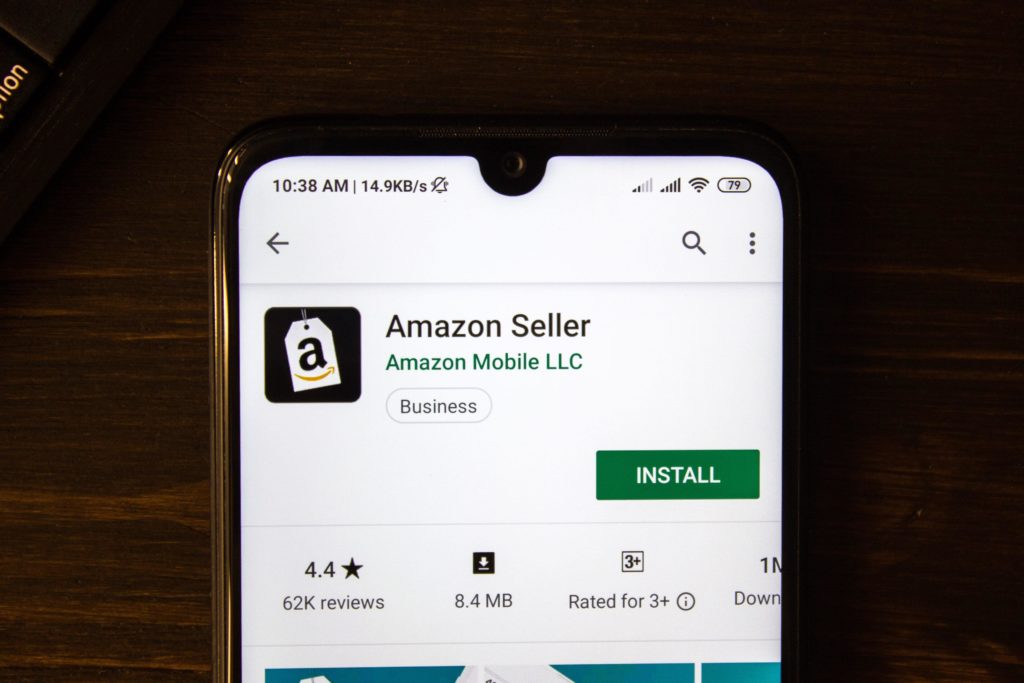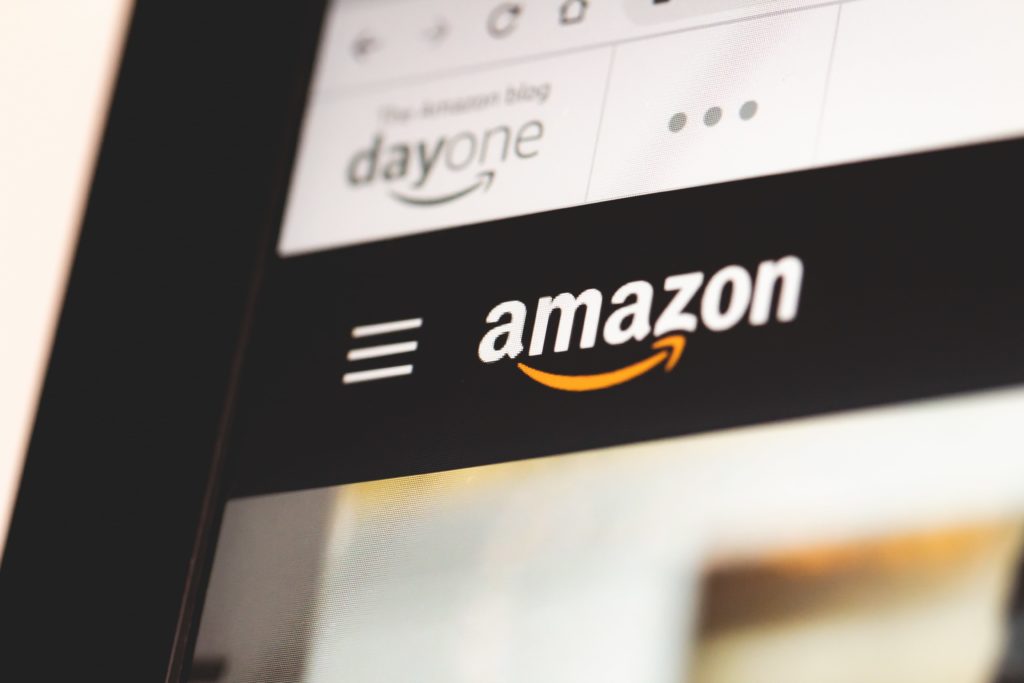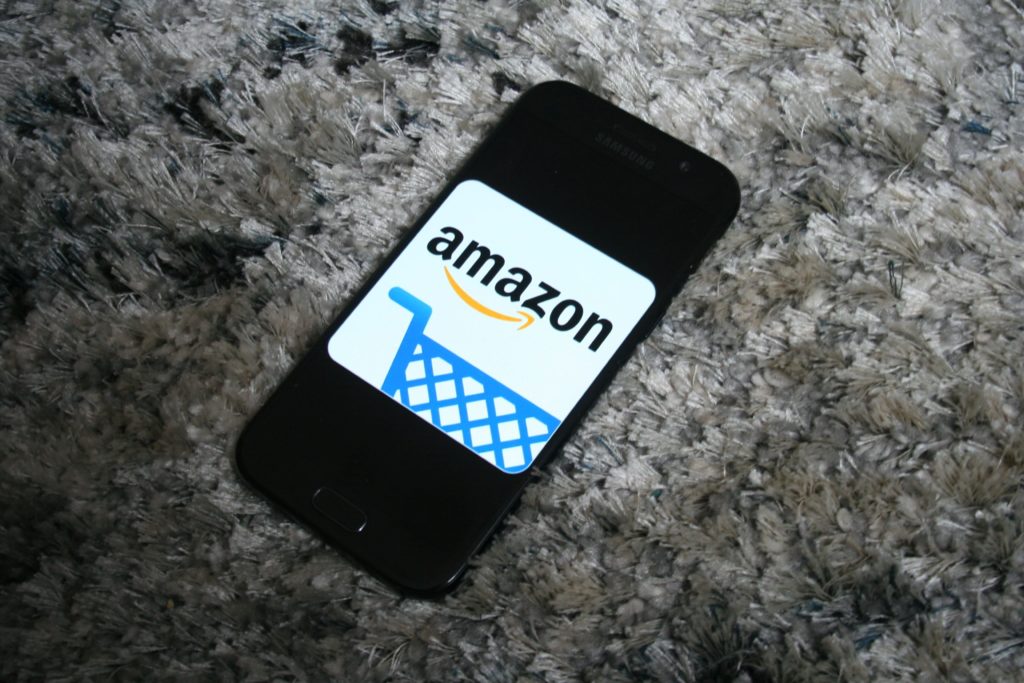One-Stop Guide for Selling on Amazon – The Do’s and Don’ts That You Need to Know

Amazon is one of the most sought out eCommerce platforms by any aspiring seller out there. With its wide reach and a high number of shoppers and users alike, any hopeful seller like you would surely feel safe selling your products on Amazon. With its notable features and services such as FBA, you are able to use the mighty network to help you fulfill your dreams.
Defining Amazon FBA
You may wonder what FBA means. It stands for Fulfillment by Amazon. This means that Amazon stores your products in their warehouses manages your inventory, fulfills your orders, and even provides customer service. But first thing’s first, you need to create your own Amazon seller account and add FBA after. Remember, comply with the guidelines and the rules and regulations of the platform so you won’t get suspended or even rejected.
What happens next?
The next step for you in starting your business on Amazon, create your own product listings. Migrate your inventory data onto Amazon and make sure you prepare your products before you send them to the Amazon warehouse.
When your customers place their orders, Amazon FBA takes care of the orders, ships out the items, and even sends out the tracking information to you and your customers. Moreover, they will help you with customer service as well.
This will let you free yourself from managing the inventory and other logistic processes involved, and open up your time to expanding other aspects of your business and development.. Once you learn how to create your own system, then it becomes even easier. With the Amazon FBA model, you’ll see that you soon will be able to scale your business globally. Another thing about it, you qualify for free shipping when orders are at a minimum of $25 for books and $49 for other items.
When you qualify for the Amazon Prime program, your customers will get an unlimited free one to two-day shipping. This service is cost-effective and will let you save a lot.
How much capital do you need to start selling on Amazon?
Every one of you thinks of how much you need to shell out for your business in the beginning. Different factors arise before you determine a fixed figure for your capital. Some just require at least $500, then you’ll find your materials and begin your Amazon FBA business.
As you begin your business, start small. Once you establish your business you may opt to upgrade into a Pro account. Growing your business begins by discovering your target audience and researching profitable products or creating your own product line.
Where to begin with your Amazon FBA business?

As you read along with this article, you’ll learn about different ways you can improve your SEO and even what elements you need to put in your product listings.
Now, let’s start discovering more about the Amazon FBA business.
- Formulate your business plan
Every business starts with an idea and that’s great! It ignites the burning passion you have to create and grow your own brand and business. Formulating your own business plan means you are taking your business to the next level. Your business plan includes your mission statement, vision, marketing strategy, market analysis, products, collections, services, sales strategy, and even how you will manage your finances.
Different factors affect how you structure your business plan. You’ll research your target audience, market, and even the trends on your chosen niche. This way, you’ll learn about the types of products that you’ll sell and how you’ll find the raw materials you need for your products.
A rough plan is your first step before you start drafting your more structured business plan which includes the schedule, and details about your business operations.
- Discover your niche
In order for your business to succeed, you’ll want to choose a profitable niche. Conducting thorough market research will help you find relevant trends to your chosen niche that align with your aspirations and interests.
Search the internet and the different social media platforms to see what most people like and prefer these days. Check how it impacts their lives, how they incorporate it in their lives, and finally, how it can be profitable for your business.
Just a tip, when you are just starting your business, it is best to shy away from seasonal and fragile products.
- Begin your market research
When you have already chosen your niche, make sure to back it up with data through market research. It’s wise to keep track of the data of your competitors within a certain period of time. Observing their progress and how they do things will give you insight into how you manage your market, niche, and even how you operate your business.
Another way of conducting market research would be in the form of surveying potential customers and suppliers. Get their thoughts on what they think of your products.
When you gather the data and it coincides with your target audience, then that signifies you can move to the next phase.
- Pick your suppliers
Congrats you have decided on your product, now you can start searching for your suppliers. Different suppliers exist and you can easily find them through various platforms like Alibaba or even AliExpress.
Another way to find suppliers would be by conducting a general search on Google. Some join events or trade shows, but given the current situation of the world, it will be a lot tougher. Instead, if you find online forums or webinars about suppliers gathering, make sure you join those forums to make connections with fellow business owners and suppliers who joined the event. Plus, you get to ask what made them establish their business in that niche and industry too.
Remember that when you acquire their contact details you must reach out to them through email, phone calls, and even book an appointment for physical visits. Just make sure to filter through suppliers to protect yourself from scams.
Another thing to remember, ask for their sample products. This way, you’ll be able to know the quality and if the product will work with your design. Ask the suppliers if there will be minimum order quantity, maximum order limit, transportation or logistics fees, and even how many they could produce within a specific timeframe.

While conversing with them, ask what their different modes of payment are and the terms of service. Ask for a quote. This way, you’d be able to weigh out your options for your business needs.
Always keep in mind to get samples to check the quality.
- Placing your orders
When you found the right supplier for your business needs, you may now place an order for your business.
For starters, do not place a big order since your business is just starting out. Just start with a small order of items and see how it works for your business. Craft some of your products and put it out on the market for your customers. Gather some feedback and this way, you’ll know what to improve on or remove from your items before committing with large amounts of stock to sell.
Stay connected with your suppliers and keep your communications open to avoid any misunderstandings, misprints, or even discrepancies in manufacturing. When you send out the details or the design brief, make sure it’s in an understandable language or phrasing so suppliers easily understand.
Don’t forget to inspect when they send out updates about your order. Ask for photos or even videos to ensure you catch any potential flaws in the product.
- Create your Amazon account
Before you start selling on Amazon, this could be the very first step you need to take. Create your own Amazon seller account, but be careful on which one to choose: individual or pro seller.
The two types of accounts charge you differently. Individual seller accounts charge $0 monthly but you’ll be asked to pay $1 for every item you sell on Amazon. On the other hand, Pro seller accounts charge $39.99 monthly.
Ensure that you choose the correct account type that fits your business budget.
- Compose your product listings
Before going further, selling on Amazon involves creating product listings that showcase your products to your customers. Another Amazon SEO strategy that you need to remember, optimize your product listings in order to rank higher on search results. Your click through rate helps in determining your lead and sales conversion.
Some pointers to remember in creating your product listings:
- Use high-resolution images that accurately depict your products
- Avoid using images that do not show the products accurately
- Insert relevant keywords in your product titles and product descriptions
- Use bullets when you write your features and benefits
Plus, you better check your items are eligible for Amazon Prime, so that Prime members may benefit from free shipping options. For some of you who may have only a limited number of items, you may opt to manually list your products. However, if you have a bulk collection, you may draft them on a spreadsheet file and upload it on Amazon.
- Manage your inventory well
Another vital thing for Amazon sellers, you need to properly manage your inventory so you won’t get dissatisfaction with your customers. Always see to it that you update your inventory every time you make a sale or fulfill an order.
As shoppers and customers order more of your products, your inventory will need replenishment. You are required to produce enough stock and make those available on your Amazon page so whoever feels enticed to purchase your item will surely place an order.
Creating your own workflow on how you manage your inventory will depend on you. A sustainable way of managing your inventory will help you become more efficient in integrating your data. Moreover, this will help you gauge when to replenish your stock so you will never run out of items on Amazon.
- Check on your customers for their reviews
Another aspect of Amazon SEO strategy, customer feedback plays an important role in how your listings will rank. Most of your customers will leave a review on your listings.
One great thing about customer reviews, it provides an image of trust and loyalty among your customers and even your target audience. When other shoppers see the reviews that your customers place, they will notice the amount of trust there is in your brand. The reviews might be the proof that they are looking for before they click adds to cart!
In order to connect with your customers for their reviews, you can reach out to them through emails or newsletters about your different products and even upcoming collections. Moreover, you can build up social accounts so they could tag you whenever they post using your products. It will be a lot easier for you to reshare or repost their reviews.
Aim to get more positive reviews to boost your sales, reach, and conversions!

- Improve your Amazon SEO strategy by optimizing your product listings
As mentioned earlier, creating your product listings entail another task which would be optimizing those listings in order to reach more shoppers, boost sales, and drive traffic to your store.
Product listing optimization is not a one-time thing. It’s a continuous process.
For starters, you need to research relevant keywords. You may use different tools to help you search a little wiser. When you find relevant keywords, insert them into the product titles, description, benefits, and features. Make sure you do this according to the algorithm that Amazon created.
Remember to avoid stuffing your listing with so many keywords that it becomes impossible to read. The algorithm might appreciate it, but the person reading it will not.. Relevant keywords boost the visibility of your items and could increase your sales. Try exploring tools such as Google Keyword Planner to help you find the keywords that fit your items.
Moreover, don’t forget to use high resolution images. Images are vital since these show customers what your product is and how could it fit their lifestyle. Every listing can use at least 5-7 images. Make sure that you use different angles and present the items in different contexts so shoppers know how it will fit their lives. Ensure that it clearly shows the product and not anything else.
Aside from images, list down notable features about the product that you want your customers to know. Remember that when you create your listings, think as if you’re your own customer. Would you read a lengthy and text-heavy listing? Of course not. You want bite-size information that you’d easily remember!
Lastly, for the product description, use brief sentences that customers easily understand. Using deep words may just drive customers away. Don’t forget about putting in call-to-action phrases or words to ignite curiosity among your shoppers.
Are you ready to start your business?
Every aspiring entrepreneur learns and discovers a lot of information that they need to process before making a move. The good thing about opening a businesstoday, different eCommerce companies exist to help people like you to start their own business.
Amazon is one of the biggest eCommerce platforms that will be able to help you jumpstart your business. The tips and tricks mentioned above hope to help you structure and figure out most of the elements you need for your business.
Just remember, don’t lose the child in you when you start your business. Remember to always explore and experiment when you think of starting a new product line or collection.
What are you waiting for? Go start your business!

